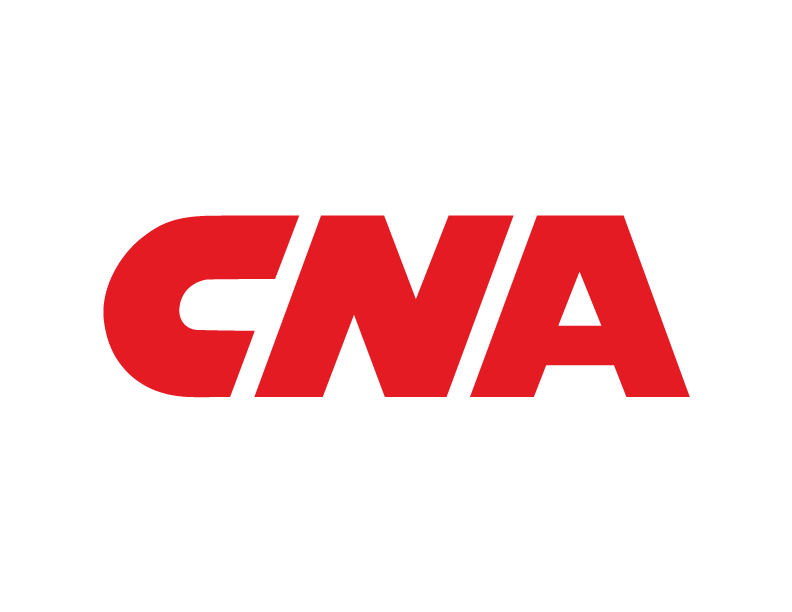SEARCH CNA
Primary tabs
263
results for
'risk control'
More than ever before, companies of all sizes are allowing employees to work remotely. Unfortunately, some organizations are not fully prepared for this sudden change to a remote workforce. Telecommuting can potentially put your company at increased risk of a cyberattack.
With new technology platforms inherited from M&A transactions such as digital systems, smart technology, and sometimes artificial intelligence brings with it its own set of cybersecurity risks as the cyber-attack surface has increased.
The use of any technology platform comes with risk, and each healthcare provider must carefully identify the risks to their practice and their patients, mitigate these risks, and have the appropriate insurance coverage in place.
Louis joined CNA in 2017 as Vice President, Engineered Property, bringing deep experience in risk engineering, equipment breakdown, power generation, mining and large construction. Under Louis’ leadership he is responsible for the Engineered Property and Large Property teams. Both the Engineered Property and Large Property teams have grown significantly over the past two years and will continue to expand their technical expertise and service capabilities to firmly establish CNA as a market of choice in this space.
Today’s business world operates on an international scale. Consumers no longer rely solely on locally produced goods and services, and companies continue to expand operations worldwide for increased efficiency or access to new markets and supplies.
As Canadian workers continue to become more savvy about human and civil rights, it is imperative that employers clearly understand that no business is immune to employment practices liability (EPL) risks.
In an article published by Insurance Business Canada, CNA’s Markham Sandulak discusses how insurance brokers can help their clients mitigate wildfire risks.
In an article published by Insurance Business Canada, CNA's Severio Pacini and Matthew Adair discuss the importance of an effective business resilience program in the midst of constant change.
We all know the insurance market is cyclical. Right now, a hard market is causing policyholders and their brokers to search for alternative solutions to offset increased premiums and restrictive terms.
Infections acquired in healthcare settings — known as healthcare-associated infections (HAIs) — occur in one of every 25 patients.1 HAIs extend treatment time and hospital stays, as well as increase morbidity and mortality levels. In addition to these adverse patient care effects, HAIs create significant burdens for healthcare organizations in the form of associated financial and reputational costs.
